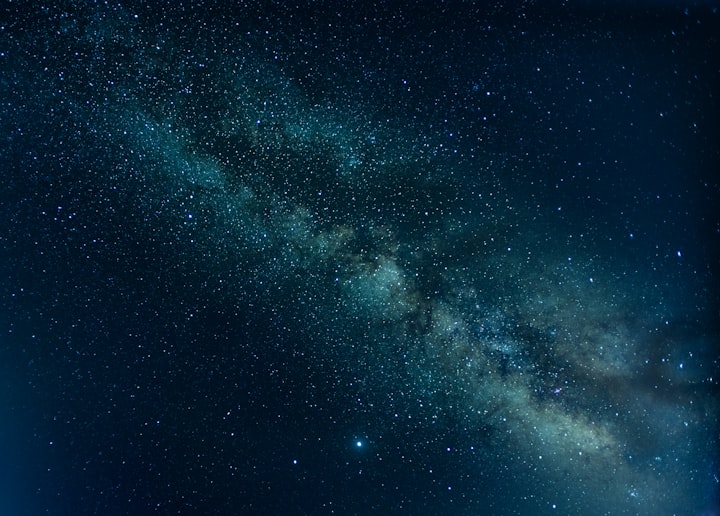Alien Worlds in the Milky Way
A Tour of Exoplanets

Exoplanets, or extraterrestrial planets, number in the hundreds of billions throughout the Milky Way galaxy. Over 5,000 of these interesting celestial bodies have already been found and verified by scientists. We will set off on a voyage to explore the diversity and marvels of these exoplanets in this article, which range from tiny rocky worlds to enormous gas giants, each with its own distinctive features and mysteries.
One of the many exoplanets in the large collection is Kepler-37b, which is even smaller than Mercury, the smallest planet in our solar system. Only slightly bigger than our Moon, Kepler-37b is 208 light years away from Earth. Despite the fact that small rocky exoplanets like Kepler-37b are uncommon discoveries because of their small size, scientists have confirmed about 200 of them. It is quite difficult to investigate many of these rocky worlds since they orbit their stars at distances considerably closer than Earth does to the Sun.
Exoplanets can have unusual and fascinating characteristics. Consider the exoplanet Kepler-62c, which is the size of Mars and orbits its star four times closer than Mercury does the Sun. Kepler-62c is incredibly hot and volcanic because to its proximity, making it an uninhabitable place for any future visitors. The terrible KOI-55b exoplanet, which was once thought to be the size of Jupiter, is another tragic exoplanet. However, KOI-55b was completely absorbed by its sun, which grew into a crimson giant. KOI-55b, which is extraordinarily close to its star and has an orbital period of less than five hours, is rapidly evaporating at the moment.
Because of their close proximity to their host stars, several exoplanets have experienced severe effects. The atmospheres of planets like GJ 1132b and Kepler-452b were stripped away by their hot, powerful stars, leaving just stony cores. Despite having the potential to be habitable, GJ 1132b is too near to its star for life to exist there. Kepler-452b, on the other hand, is 1.6 times the age of Earth, is in the habitable zone of its star, and may be able to support life.
Exoplanets range in size from modest "Super Earths" to enormous gas giants. Kepler-22b is a Super Earth that can potentially host liquid water and life because it is located in its star's habitable zone. Its size and bulk, however, raise questions concerning its precise make-up. The majority of exoplanets found so far are gas giants, like Kepler-16b, which revolves around two sun. The size, density, and temperature of these gas giants can vary greatly, resulting in a wide variety of conditions throughout the galaxy.
Some exoplanets provide problems for our comprehension of planetary circumstances. Kepler-7b is a "super light cloud" because of its low mass, while TOI-3757b is a gas giant with the density of a marshmallow. The most extreme exoplanets are those with temperatures that are unfathomable, though. For instance, Wasp-12b is so near to its star that it takes just over one Earth day to complete an orbit while Kepler-7b is 12 times hotter than Jupiter. Wasp-12b's atmosphere has been slowly consumed by its host star as a result of the high heat, putting an end to the object's existence.
There are enormous giants like HD100546b, which is 750 times as massive and nearly seven times as big as Jupiter, among the many exoplanets. It is unclear how such a massive body developed so far from its star given the exoplanet's enormous distance from it.
Scientists have found a large number of candidates orbiting inside the habitable zones of their sun-like stars among the enormous diversity of exoplanets. Some of these planets might have more favourable circumstances for life than Earth does, opening up intriguing possibilities for further exploration and study.
Exoplanets are fascinating because they show off the universe's astounding diversity and complexity. Each exoplanet has a unique narrative to tell, illustrating the stunning and enigmatic nature of the universe. These stories range from tiny rocky worlds to enormous gas giants. We learn important things about the potential for life outside of our solar system as we pursue exploring and studying these far-off worlds, which inspires our imagination and broadens our knowledge of the cosmos.





Comments
There are no comments for this story
Be the first to respond and start the conversation.